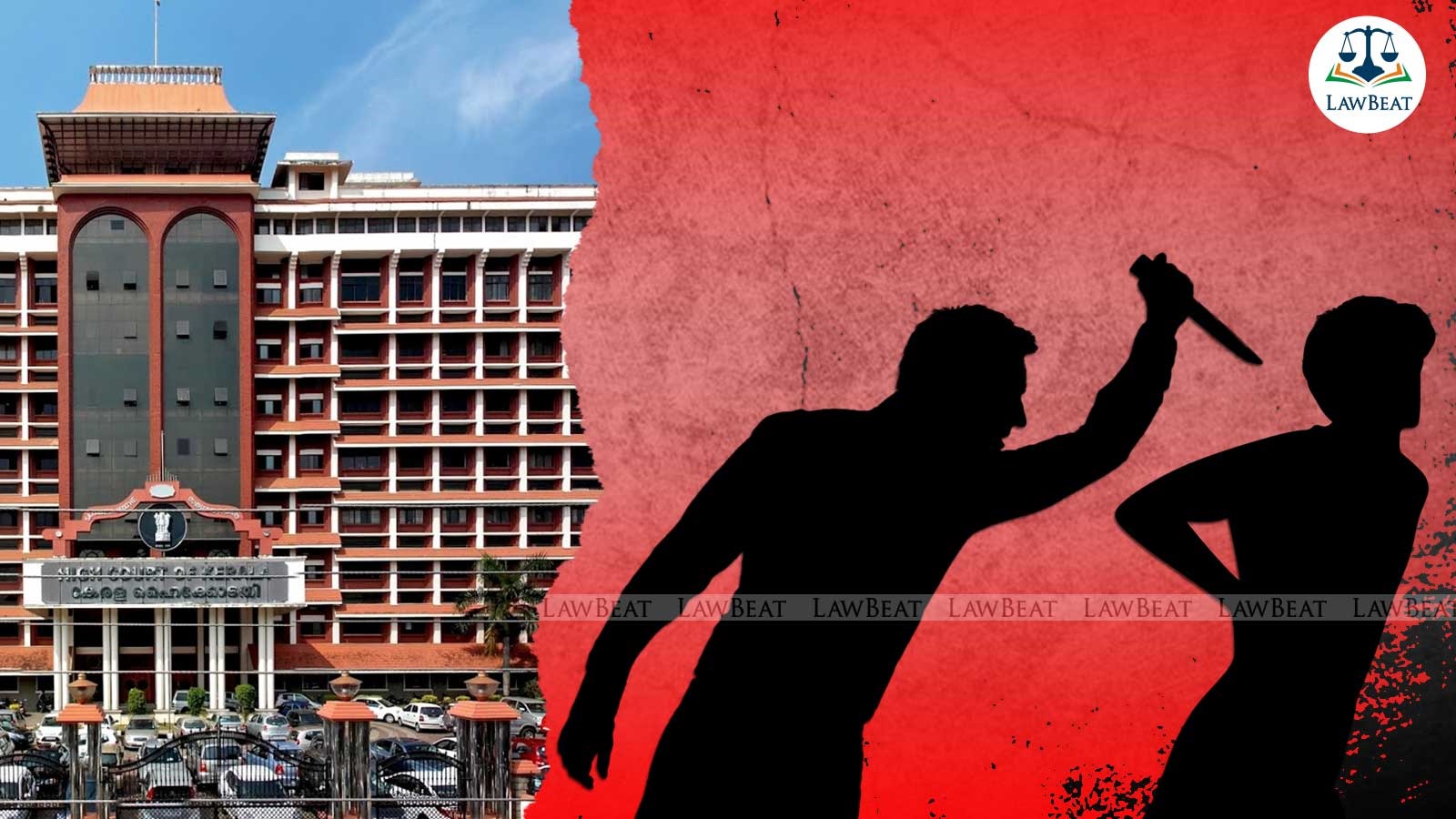Killing over “Son of an Insane Person” Remark : Kerala HC Reduces Sentence from Murder to Culpable Homicide

The court found that since the injury inflicted by the accused was not sufficient, in the ordinary course of nature, to cause death, the case did not meet the criteria for murder
The Kerala High Court has reduced the sentence of a man from murder under Section 302 of the Indian Penal Code (IPC) to culpable homicide not amounting to murder under Section 304 Part I IPC. The attack stemmed from the victim allegedly calling the appellant “son of an insane person.”
The court, presided over by a Division Bench comprising Justice P.B. Suresh Kumar and Justice C. Pratheep Kumar, reduced the life imprisonment sentence imposed by the Sessions Court to a period of rigorous imprisonment for ten years.
The case involved the accused (appellant), who was initially convicted for the murder of Krishnan, a distant relative, by the Court of the Sessions Judge, Thrissur. The incident occurred on February 5, 2009, when the appellant and the victim, both coconut climbers, visited a toddy shop together. After consuming toddy, the appellant attacked Krishnan with a chopper, causing severe injuries to his right shoulder and left leg behind the knee. Eyewitness accounts, including that of PW1 (the victim's son), described how the appellant assaulted Krishnan with the chopper and then stood guard, threatening anyone who tried to approach the injured victim. The appellant was subsequently apprehended by the police at the scene, and the victim was declared dead upon arrival at the hospital.
The accused's counsel, Advocate C.A.Chacko, argued that while the appellant did not dispute causing the victim's death, the circumstances did not amount to murder under Section 302 IPC. It was contended that the attack was sudden, provoked by continuous insults from the victim, which led to the act without any premeditated intention to kill. It was further emphasised that if the appellant had truly intended to murder, he would have aimed for a vital part of the body instead of the leg.
In contrast, the prosecution, represented by Public Prosecutor E.C.Bineesh, maintained that the evidence pointed to a deliberate, calculated act. It was highlighted the appellant's conduct of preventing anyone from taking the victim to the hospital for about half an hour after the incident, clearly established his intention of murder. Additionally, a witness testified that despite repeated pleas, the appellant refused to let the victim be taken to the hospital, stating he would not leave until he was sure of the victim's death.
The court examined the primary issues, the nature of the injury the appellant intended to inflict and whether such injury was one as is likely to cause death. After examination of evidence, the court observed that while the appellant was responsible for the victim’s death, the facts did not support a charge of murder. The court observed that the incident was provoked by the victim’s repeated mockery and there was no evidence to suggest a premeditated plan to kill the victim.
The court noted : “There is no satisfactory evidence to hold that the appellant inflicted any injury other than the injury he inflicted on the left leg behind the knee of the victim. If the appellant intended to cause the death of the victim, there was no difficulty for him to inflict an injury with the weapon carried by him on any of the vital parts of the body of the victim when he fell down, especially when the appellant was waiting there for almost half an hour after the occurrence. In the above background, we are of the view that we may not be justified in holding that the appellant intended to cause the death of the victim by his act.”
The court referred to Sections 299 and 300 IPC to draw the distinction between culpable homicide and murder, stating that “the distinction between “a bodily injury likely to cause death” and “the bodily injury sufficient in the ordinary course of nature to cause death” is fine, but real and if overlooked, may result in miscarriage of justice. The difference lies in the degree of probability of death resulting from the intended bodily injury…it is the degree of probability of death which determines whether a culpable homicide is of gravest, medium or the lowest degree.”
The Court observed that the appellant, even after the victim fell, did not inflict injuries on any vital parts, which could have been done easily. Therefore, it would be incorrect to assume the appellant had the intention to kill. However, the appellant did intend to cause a serious injury to the victim's left leg, which severed significant muscles and an artery.
Ultimately, the court concluded that the appellant's actions were more consistent with culpable homicide as defined under Section 304 Part I IPC, stating that “We do not think that the act committed by the appellant is an act which, in all probability, would result in the death of the person.” In furtherance, the sentence of the appellant was reduced.
Cause Title: Shanilkumar @ Kannan v State of Kerala [ CRL.A NO. 425 OF 2021]
